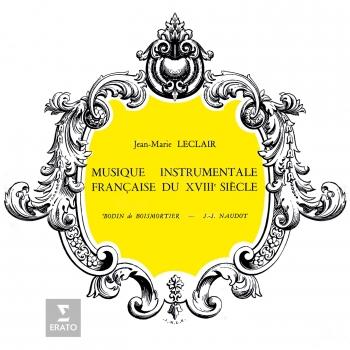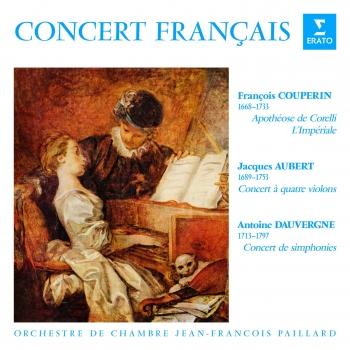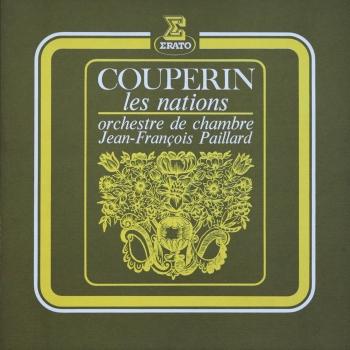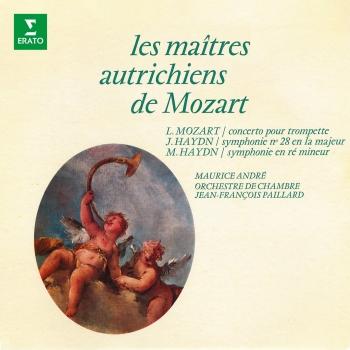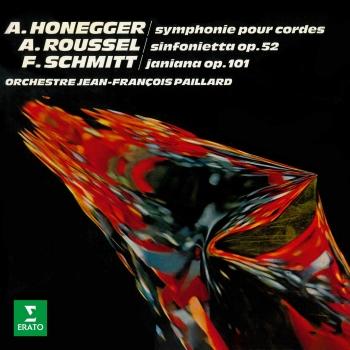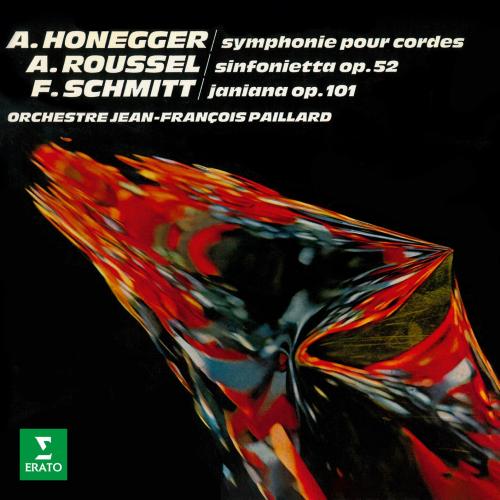
Honegger: Symphonie No. 2 pour cordes - Roussel: Sinfonietta - Schmitt: Janiana (Remastered) Jean-François Paillard
Album info
Album-Release:
2020
HRA-Release:
25.09.2020
Label: Warner Classics
Genre: Classical
Subgenre: Orchestral
Artist: Jean-François Paillard
Composer: Arthur Honegger (1892-1955), Albert Roussel (1869-1937), Florent Schmitt (1870-1958):
Album including Album cover
I`m sorry!
Dear HIGHRESAUDIO Visitor,
due to territorial constraints and also different releases dates in each country you currently can`t purchase this album. We are updating our release dates twice a week. So, please feel free to check from time-to-time, if the album is available for your country.
We suggest, that you bookmark the album and use our Short List function.
Thank you for your understanding and patience.
Yours sincerely, HIGHRESAUDIO
- Arthur Honegger (1892 - 1955): Symphony No. 2 in D Major:
- 1 Symphony No. 2 in D Major: I. Molto moderato 10:31
- 2 Symphony No. 2 in D Major: II. Adagio mesto 08:05
- 3 Symphony No. 2 in D Major: III. Vivace, non troppo 05:21
- Albert Roussel (1869 - 1937): Sinfonietta, Op. 52:
- 4 Sinfonietta, Op. 52: I. Allegro molto 03:31
- 5 Sinfonietta, Op. 52: II. Andante 02:46
- 6 Sinfonietta, Op. 52: III. Allegro 03:17
- Florent Schmitt (1870 - 1958): Janiana, Op. 101:
- 7 Janiana, Op. 101: I. Assez animé 03:57
- 8 Janiana, Op. 101: II. Musette d'allure joyeuse 02:42
- 9 Janiana, Op. 101: III. Chorale. Grave 05:57
- 10 Janiana, Op. 101: IV. Avec entrain, sans précipitation 03:56
Info for Honegger: Symphonie No. 2 pour cordes - Roussel: Sinfonietta - Schmitt: Janiana (Remastered)
Honegger: The Symphony No. 2 for strings and trumpet by Arthur Honegger was commissioned in 1937 by Paul Sacher to mark the tenth anniversary of the chamber orchestra Basler Kammerorchester. Progress was slow, however, in part due to the interruption of the Second World War. The music is primarily for strings alone and is very turbulent and troubled until the trumpet soloist enters near the end of the music, giving this mostly tragic work a hopeful ending.
Roussel: For his sixtieth birthday in 1929, there was a festival in Paris of three concerts devoted to his music. One of the concerts included of a collection of commissioned piano pieces, Homage à Albert Roussel, written by several prominent composers, including Jacques Ibert, Francis Poulenc and Arthur Honegger. He considered this a singular honor and listed it as a highpoint of his career. Roussel never attained the acclaim and lasting popularity of some of his contemporaries, but he was an important composer, with an international reputation. A good deal of his music continues to be performed and enjoyed, never having left the repertoire.
Schmitt: The Janiana Symphony was composed in 1941 at Schmitt’s summer home in Artiguemy, high in the Pyrenees Mountains. As alluded to in its title, the symphony was dedicated to Jane Evrard, France’s first female professional orchestral conductor, and her Orchestre féminin de Paris. This was an ensemble of 25 women musicians Maestra Evrard founded in 1930, and for which other French composers such as Albert Roussel, Jean Rivier and Jean-Yves Daniel-Lesur also wrote scores.
Conductor and musicologist Jean-François Paillard was one of the most visible French exponents of Baroque music from the 1960s onward. Paillard earned a degree in mathematics from the Sorbonne, but he turned to music soon after. He attended the Paris Conservatory as a musicology student, where he won first prize in music history; he later studied conducting at the Salzburg Mozarteum with Igor Markevitch. He formed the Ensemble Jean-Marie Leclair in 1952, which was renamed the Jean-François Paillard Chamber Orchestra the following year. Comprised of a dozen string players and a harpsichord, the group paralleled such small-scale English ensembles as the Boyd Neel Orchestra in performing Baroque-era works -- especially those from France -- as well as contemporary works for string orchestra. As the public's interest in Baroque music rose, the orchestra's popularity grew and was aided by a series of international tours covering dozens of countries. The group's recordings on Erato -- which included the standard Baroque repertory such as Bach's Brandenburg Concertos and the Orchestral Suites, as well as pieces by Couperin and Rameau -- were initially easier to find in Europe. But when RCA Victor picked up the Erato catalog for U.S. distribution in the 1970s, Paillard's records were snapped up by American listeners. Lightning struck for Paillard late in the decade with his recording of the Canon in D by Johann Pachelbel. Paillard's ran nearly twice as long as most rival recordings, by virtue of its uniquely slow tempo and its finely delineated parts for the strings, both bowed and pizzicato. Paillard further benefited when Victor issued it on a full-priced LP and paired it with Fasch's Trumpet Concerto and grouped with various RCA artists on a budget-priced compilation LP called Go for Baroque. Sales of Go for Baroque moved faster than Beatles' albums were sold. Paillard's performances and recordings have also included works by Roussel and Debussy. He has worked with such celebrated soloists as Maurice André and Jean-Pierre Rampal. Paillard has won numerous Grand Prix du Disque awards in France and Prix Edison awards in Holland and his release of Rameau's Les Indes galantes remains a highly regarded recording. Later in his career, Paillard turned more to guest conducting orchestras around the world and his avid interest in the sciences.
Orchestre De Chambre Jean-François Paillard
Jean-François Paillard, conductor
Digitally remastered
No biography found.
This album contains no booklet.










